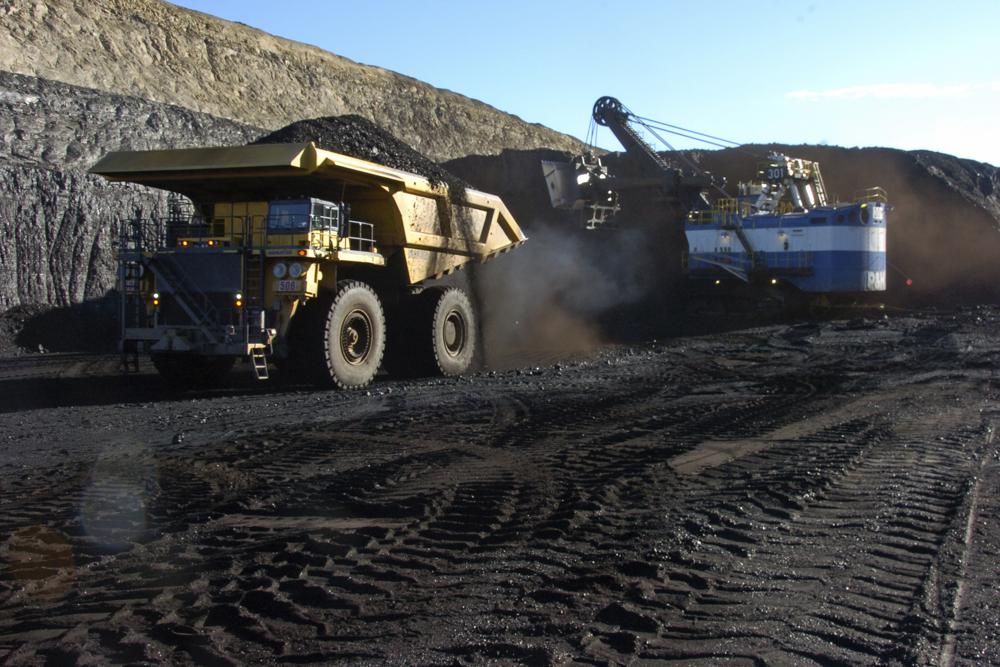
HARDIN, Mont. — In the coal fields of eastern Montana, climate change is forcing a stark choice: halt mining that helped build everything from schools to senior centers or risk astronomical future damage as fossil fuel emissions warm the planet and increase disasters, crop losses and premature deaths.
One of the largest mines in this arid region straddling the Wyoming border is Spring Creek — a gaping hole among sagebrush hills where house-sized mechanical shovels dig up millions of tons of coal annually, much of it shipped overseas and burned in Asian power plants.
Spring Creek’s hundreds of jobs help undergird the economy of the Crow Indian Reservation and nearby parts of Wyoming. In Big Horn County, encompassing most of the reservation, taxes and royalties from coal fund almost two-thirds of government services. It’s one of the most coal-dependent communities in America.
“Everything’s got coal dust on it,” said county commissioner George Real Bird III, referring to civic projects coal money has financed since Spring Creek opened 40 years ago.
Greenhouse gas emissions from burning that coal also stoke climate change, and President Joe Biden’s administration wants to put a cost on the resulting damages to people and the environment. Highlighting the “social cost of carbon” could justify emission reduction rules for fossil fuels, transportation and other industries.



